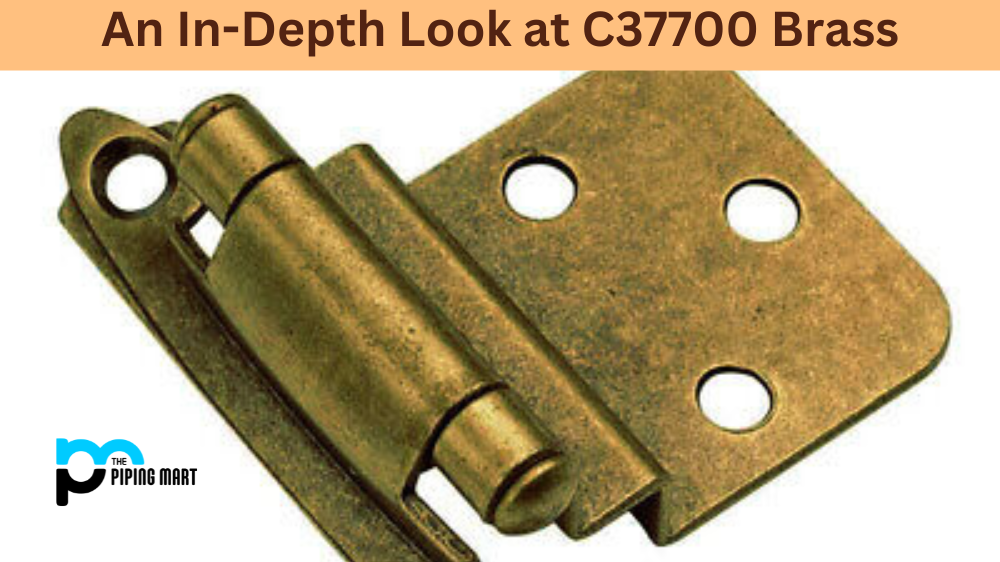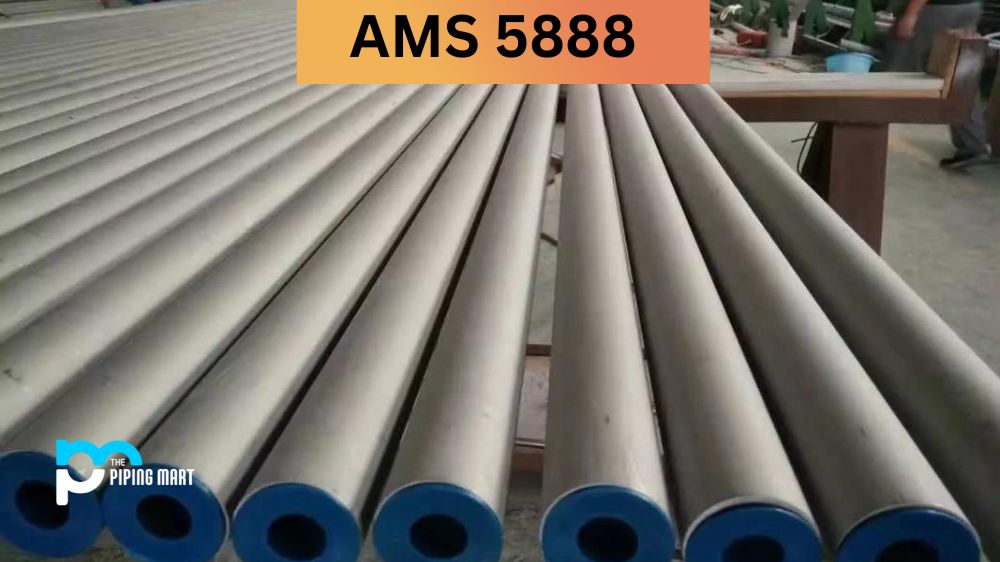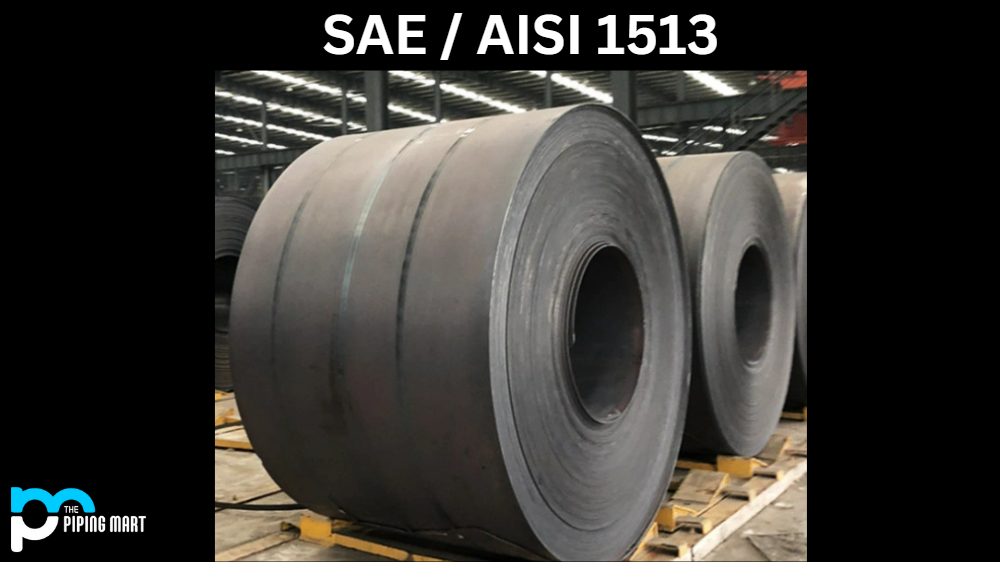Aluminium 6113 is a popular alloy due to its high corrosion resistance and heat resistance. This alloy is most commonly used in the aerospace industry, as well as various other areas of manufacturing. In this article, we will be discussing the uses of 6113 Alloy, how it provides corrosion and heat resistance, and how it can be heat treated, machined and welded.
6113 Alloy Composition
| Element | Content (%) |
|---|---|
| Silicon, Si | 0.7 – 1.1 |
| Magnesium, Mg | 0.5 – 1 |
| Iron, Fe | 0.4 max |
| Manganese, Mn | 0.15 – 0.45 |
| Zinc, Zn | 0.15 max |
| Chromium, Cr | 0.1 max |
| Titanium, Ti | 0.1 max |
| Other (each) | 0.05 max |
| Other (total) | 0.15 max |
| Aluminum, Al | Remainder |
6113 Alloy Physical Properties
| Properties | Metric | Imperial |
|---|---|---|
| Density | 2.71 g/cm³ | 0.0979 lb/in³ |
| Melting point (T4) | 585-650°C | 1085-1202°F |
6113 Alloy Mechanical Properties
| Properties | Metric | Imperial |
|---|---|---|
| Tensile strength | 280 MPa | 40610 psi |
| Yield strength | 150 MPa | 21755 psi |
| Elongation at break | 26% | 26% |
| Shear modulus | 26 GPa | 3770 ksi |
| Poisson’s ratio | 0.33 | 0.33 |
6113 Alloy Thermal Properties
| Properties | Metric | Imperial |
|---|---|---|
| Thermal conductivity | 154 W/mK | 1068 BTU in/hr.ft².°F |
6113 Alloy Uses
Aluminium 6113 is an aluminium-magnesium-silicon alloy which has been designed for use in aerospace applications. This alloy has excellent corrosion resistance properties, making it ideal for use in aircraft components that are exposed to harsh environmental conditions such as salt water or corrosive chemicals. It also has an excellent strength-to-weight ratio and can be easily formed or machined into complex shapes.
In addition to the aerospace industry, this alloy is also widely used in marine applications, automotive components and structural frames.
Corrosion Resistance
The high corrosion resistance of Aluminum 6113 makes it perfect for use in applications where exposure to salt water or other corrosive environments is likely. The magnesium content of this alloy helps form a protective oxide layer on its surface which prevents corrosion from occurring. Additionally, its high silicon content increases the adhesive strength of the oxide layer, which further enhances its corrosion protection properties.
Heat Resistance
Aluminium 6113 also offers good heat resistance up to 500°F (260°C). This makes it suitable for use in high-temperature applications such as aircraft engines and exhaust systems. Additionally, this alloy’s good mechanical strength, combined with its low density, makes it ideal for components that need to withstand extreme forces while still having a low-weight profile.
Heat Treatment
Aluminium 6113 can be heat treated using either a solution treatment or an age-hardening process, depending on the desired outcome of the treatment process. The solution treatment involves heating the material above its solidus temperature and then quenching it rapidly to achieve maximum softness and ductility while still maintaining good strength properties. Age hardening involves heating the material at temperatures below its solidus temperature, followed by artificial ageing at elevated temperatures until the desired hardness or strength is achieved. Both processes are typically done using furnaces capable of achieving precise temperature control within tight tolerances in order to ensure consistent results across multiple pieces of material being treated at once.
Machining
Machining Aluminum 6113 requires specialized tooling due to its higher levels of silicon compared with other alloys in this series (i.e., Al6111). Generally speaking, high-speed steel tools should not be used when machining this material due to their tendency to wear quickly when cutting harder materials like Al6113; instead, carbide-tipped tools are recommended for better performance and longer tool life when machining this material type. Additionally, slower speeds should be used during machining operations than what would usually be used with other alloys, as higher speeds can lead to premature tool wear or even breakage if cutting forces become too great during operation time.
Welding
Welding Al6113 is possible but requires specialized welding techniques due to its higher levels of silicon than other alloys in this series (i.e., Al6111). Generally speaking, TIG welding should be preferred over MIG welding since TIG allows for more precise control over weld penetration depths while still providing acceptable joint strengths; however, both types can still achieve acceptable results depending on specific application requirements and operator experience level with each type.
Conclusion:
From corrosion protection properties and excellent strength-to-weight ratio right through to specialized machining methods required – aluminum 6013 has proven itself time after time as one of the most versatile alloys available today! With so many great reasons why you should consider using aluminium 6013 – whether you’re looking for an aerospace component or something completely different – there really isn’t any better choice when looking for a reliable metal that won’t let you down! So don’t wait any longer – reach out now and find out how aluminium 6013 could make your next project stress free!

A passionate metal industry expert and blogger. With over 5 years of experience in the field, Palak brings a wealth of knowledge and insight to her writing. Whether discussing the latest trends in the metal industry or sharing tips, she is dedicated to helping others succeed in the metal industry.




